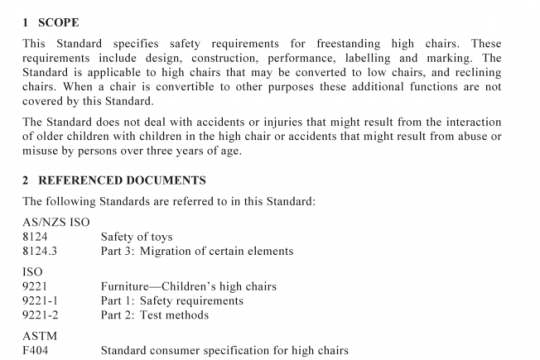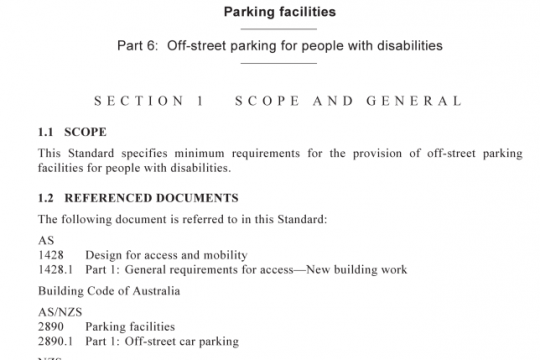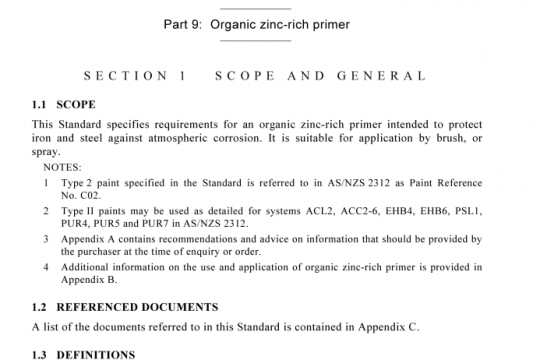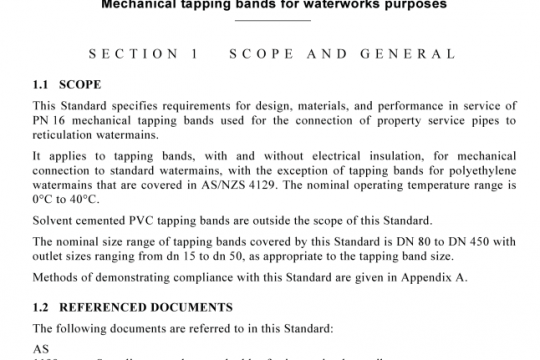AS 1141.19:2018 pdf free
AS 1141.19:2018 pdf free.Methods for sampling and testing aggregates
The sample shall be prepared as follows:
(a) Obtain a sample in accordance with AS 1141.3.1.
(b) Allow the sample to dry sufficiently to enable it to be crumbled. If necessary, dry the sample in an oven at a temperature not exceeding 50 °C.
(c) Break up any aggregations of particles without crushing any discrete particles.
All aggregations are to be broken down so that if the sample were screened on a 2.36 mm sieve,only discrete, uncrushed particles would be retained. A rubber pestle shall be used so that sound pieces of mineral matter are not broken down. Adhering material shall be brushed from the coarse pieces. When in doubt as to whether lumps are to be broken, place some in water and boil. If slaking occurs, the material should be broken further with the rubber pestle.
(d) Reduce the sample as necessary, by quartering or riffling, to provide an amount to yield not less than 150 g of material passing a 2.36 mm sieve.
(e) Screen the sample on a 4.75 mm sieve. Sieves shall not be overloaded. To facilitate this operation place larger sieves over the 4.75 mm sieve as appropriate.
(f) Dry the material passing the 4.75 mm sieve to constant mass at a temperature within the range 105 °C to 110 °C. The material shall not be left in the oven for longer than 18 h. Cool in a desiccator.
NOTE The material retained on the 4.75 mm sieves and those above that size may be retained, if required,for testing using AS 1141.11.1
The fine particle size distribution shall be determined as follows:
(a) Weigh the dried sample and record the mass (m1). Separate the sample on a 2.36 mm sieve and so divide the sample into two fractions.
(b) Weigh the fraction retained on the 2.36 mm sieve and record the mass (m2).
(c) Reduce the dried sample of material passing the 2.36 mm sieve, by quartering or riffling, to between 48 g and 52 g and weigh. Record the mass (m3) to the nearest 0.1 g.
(d) Place the weighed sample in a boiling can or glass beaker. To avoid the contents of the beaker boiling over or splattering, only half fill the beaker with water and boil for 1 h, stirring briskly every 10 min, replenishing water if necessary.
(e) Cool and transfer, if necessary, the material and water toa 1 L beaker marked at 30 mm and 110 mm from the base.
NOTE The transfer of all the material from the boiling can to the beaker is facilitated by the use of a rubber-tipped glass stirring rod. Any material adhering to the side of the can is gently removed and the remaining material brought into suspension in the water by rapid stirring.AS 1141.19 pdf free download.




